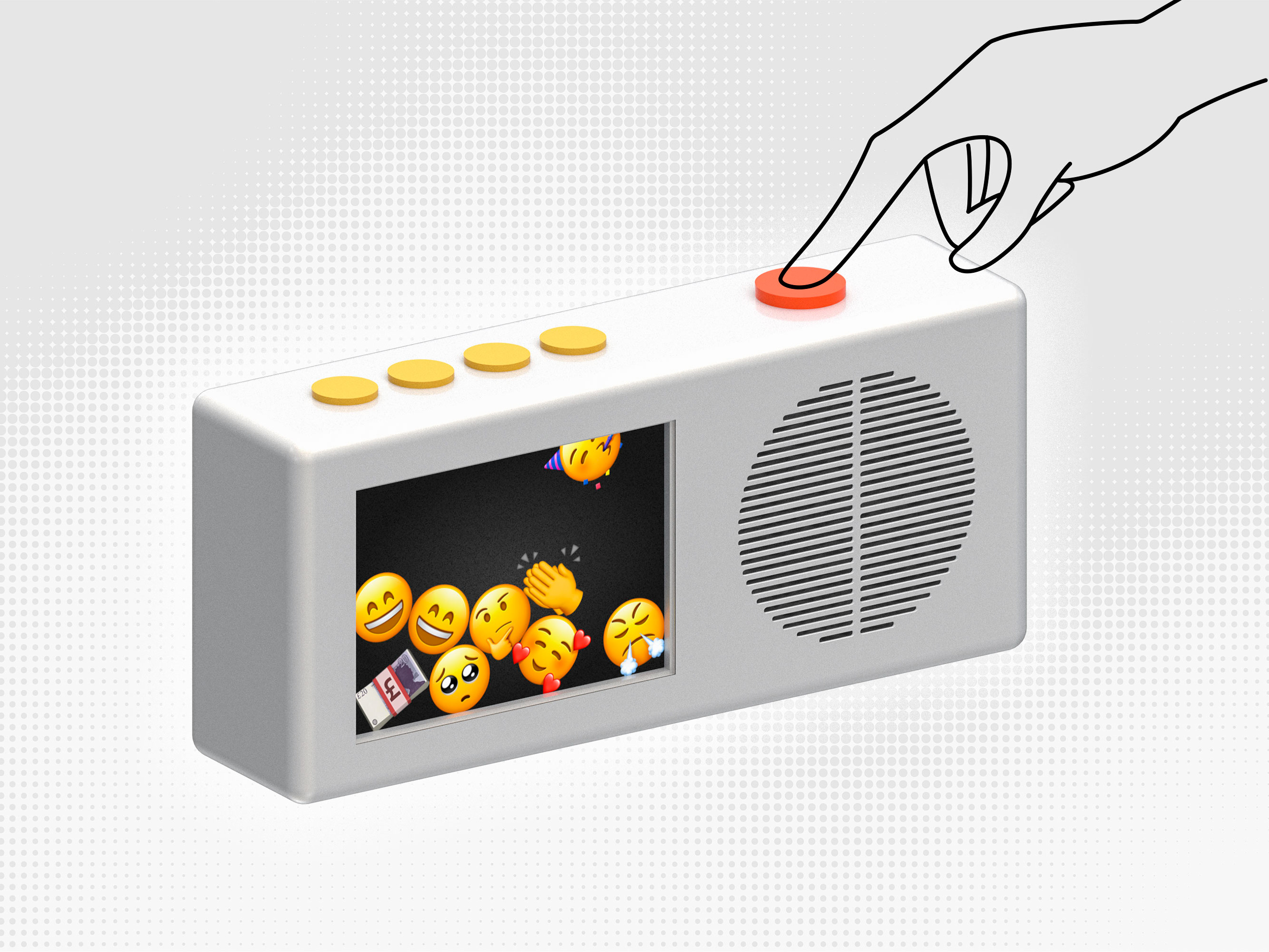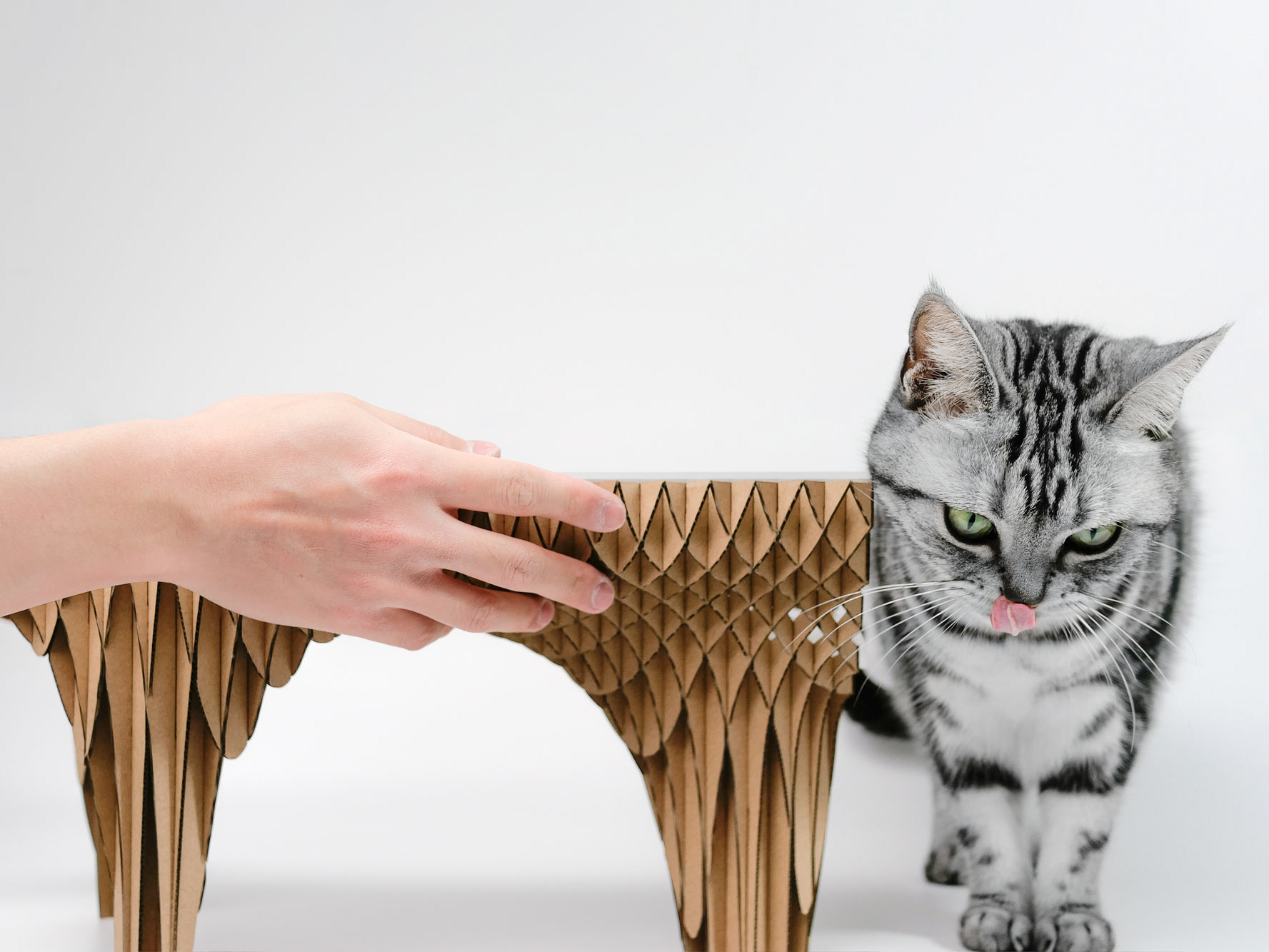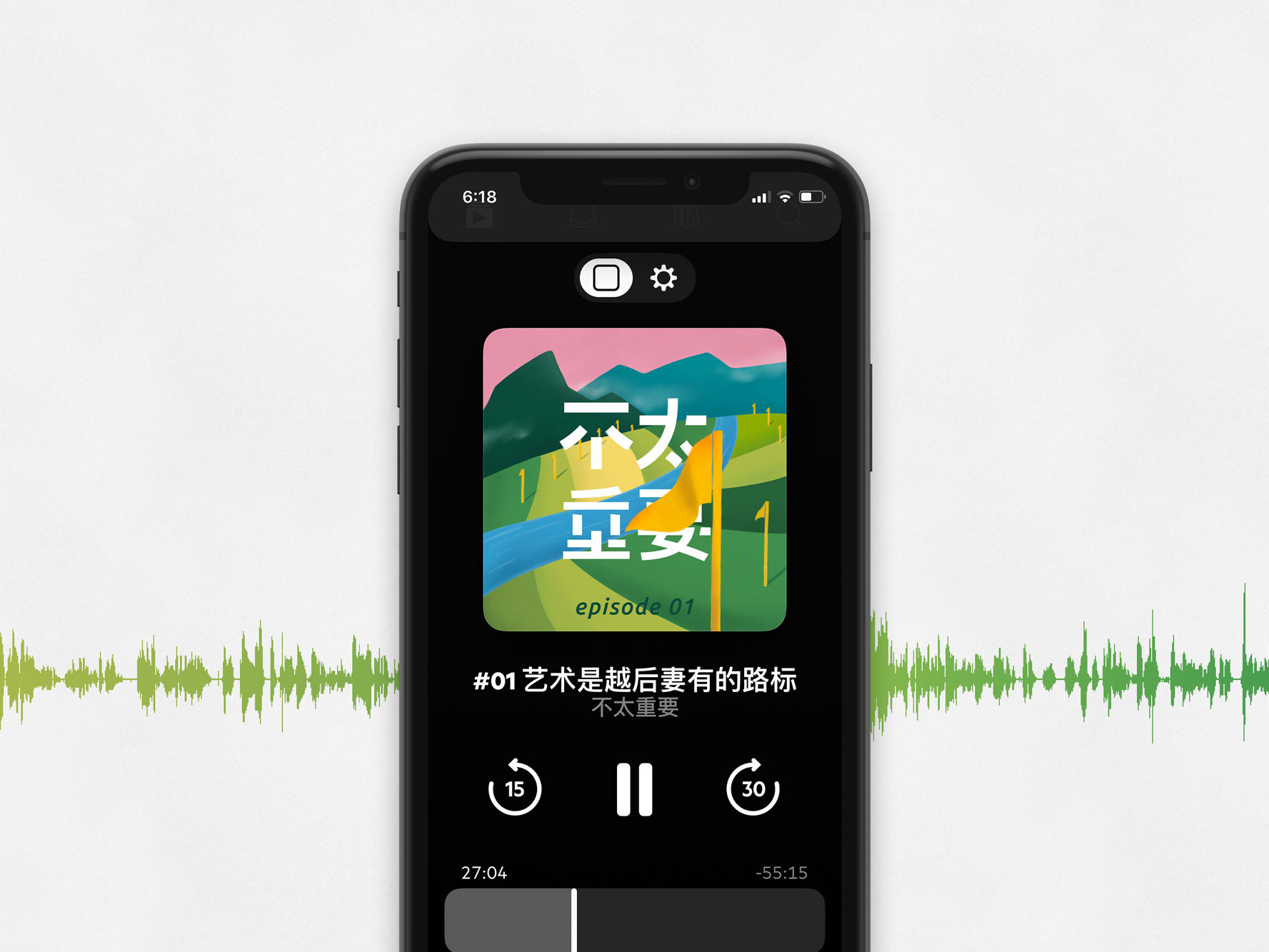Three participants in RiceDonate.
2. Donate rice.
3. Track the progress of the project.
We utilize statistical tools like Baidu Statistics to gain the demographics of users.
Doing interviews and creating user personas.
We relate the insights (main issues of the UX) gained from the user research to the corresponding user journey stages.
Redesign the Earning page. Replace the RiceBoxing with RiceMorning.
Improvements in RiceMorning.
Improvements in RiceWalking.
More improvements in RiceWalking.
Improvements in the Projects and Project Details page — before.
Improvements in the Projects page — after.
Improvements in the Project Details page — after.
Improvements in tracking the progress of projects.
More improvements in tracking the progress of projects.
The user insights we had previously gained.
A data analysis report co-authored by product design team members. Focuses primarily on user behaviour data.
Collect users’ feedback through the In-app Feedback feature and find problems.
We identified the issue with the old guides and added a new in-app guidance, which makes 'donating rice' the key to the onboarding experience.
The new in-app guidance (prototype) made by Principle. Gift new users rice and then guide them to make a donation to a project.
The new users can receive a thank-you letter immediately after the first-time donation, giving them a huge fulfillment.
User flow of the new in-app guidance.
The screenshot of Principle when making the in-app guidance prototype.
The prototype sketching and the rules of RiceFriends.
The storyboards of RiceFriends.
The user interfaces and the main user flow of RiceFriends.
In fact, we write postcards to active users at level 6 and above to thank them for their continued participation. They did enjoy the postcards very much. This feedback inspired us to explore how we could further delight our users with physical gifts. As gifts are limited, we decided to create a mini-game campaign for some of our loyal users to win ‘Thank You Gifts’.
Postcards we sent to users regularly.
Sketches of the game ‘Secret Seeds’.
I drew the illustration and designed the interface of the game.
The main process of this mini-game campaign: find seeds cards, exchange them for real seeds, and share photos of seeds sprouting with the tag on social media.
Part of the RiceDonate Design System: reusable pop-ups.
2. Providing comprehensive handoff documentation.
At least 3 times meetings with the dev team at different stages during the design process.
The wireframing of RiceWalking.
The user flow of RiceWalking was provided to the dev team.
The prototype animation of a feature in RiceWalking.
The hi-fi prototypes with annotations were delivered to the dev team.
We delivered the UI docs of RiceWalking via Sketch Measure. They can be used with the UI Style Guide to provide UI details.
For me, the most valuable gain is this almost zero-start entrepreneurial experience — discussing late into the night, constantly iterating, communicating with users and working closely with team members.
RiceDonate App ratings on the App Store and our corporate partners.
The photo of the early members of RiceDonate. Miss you guys.








